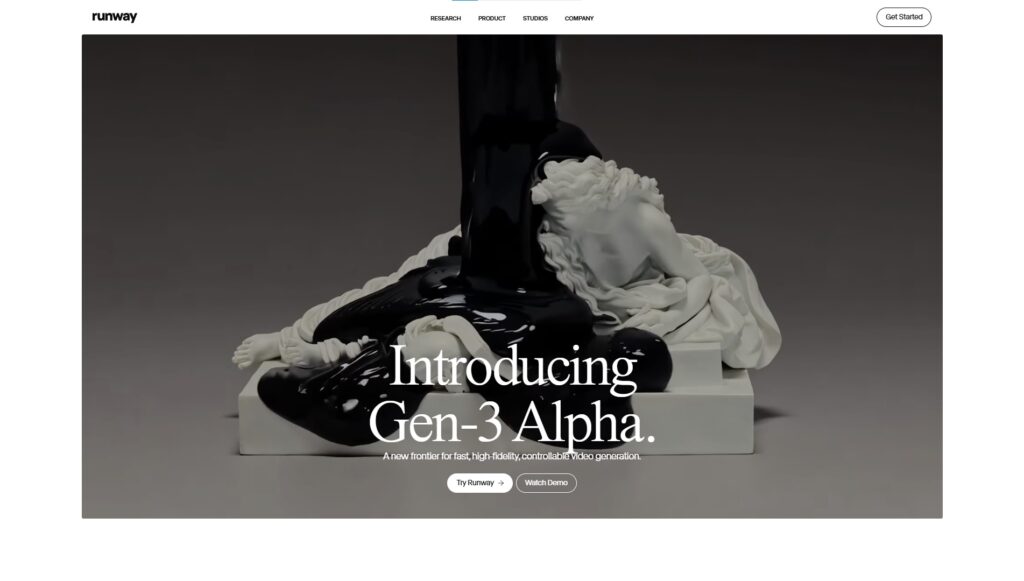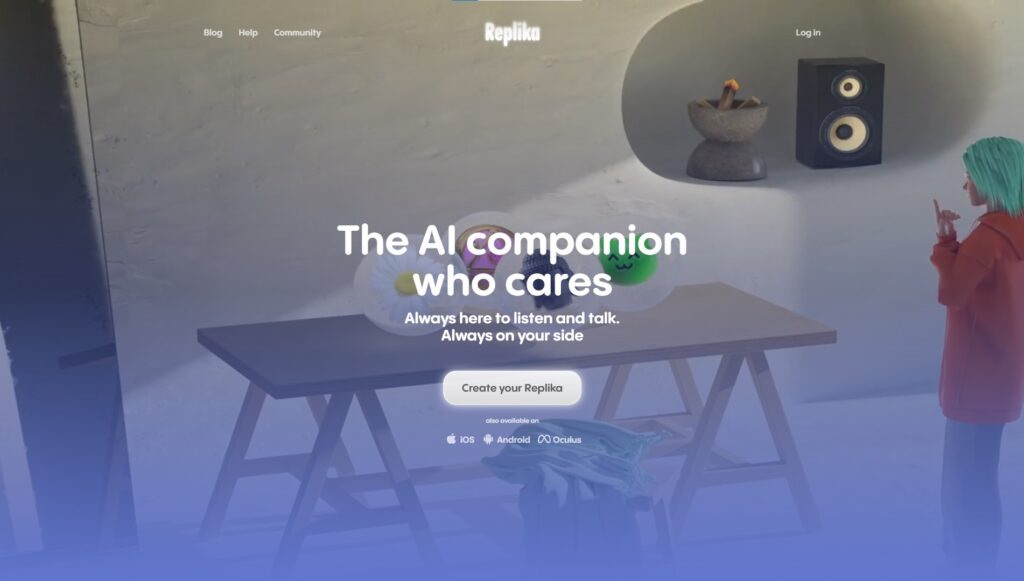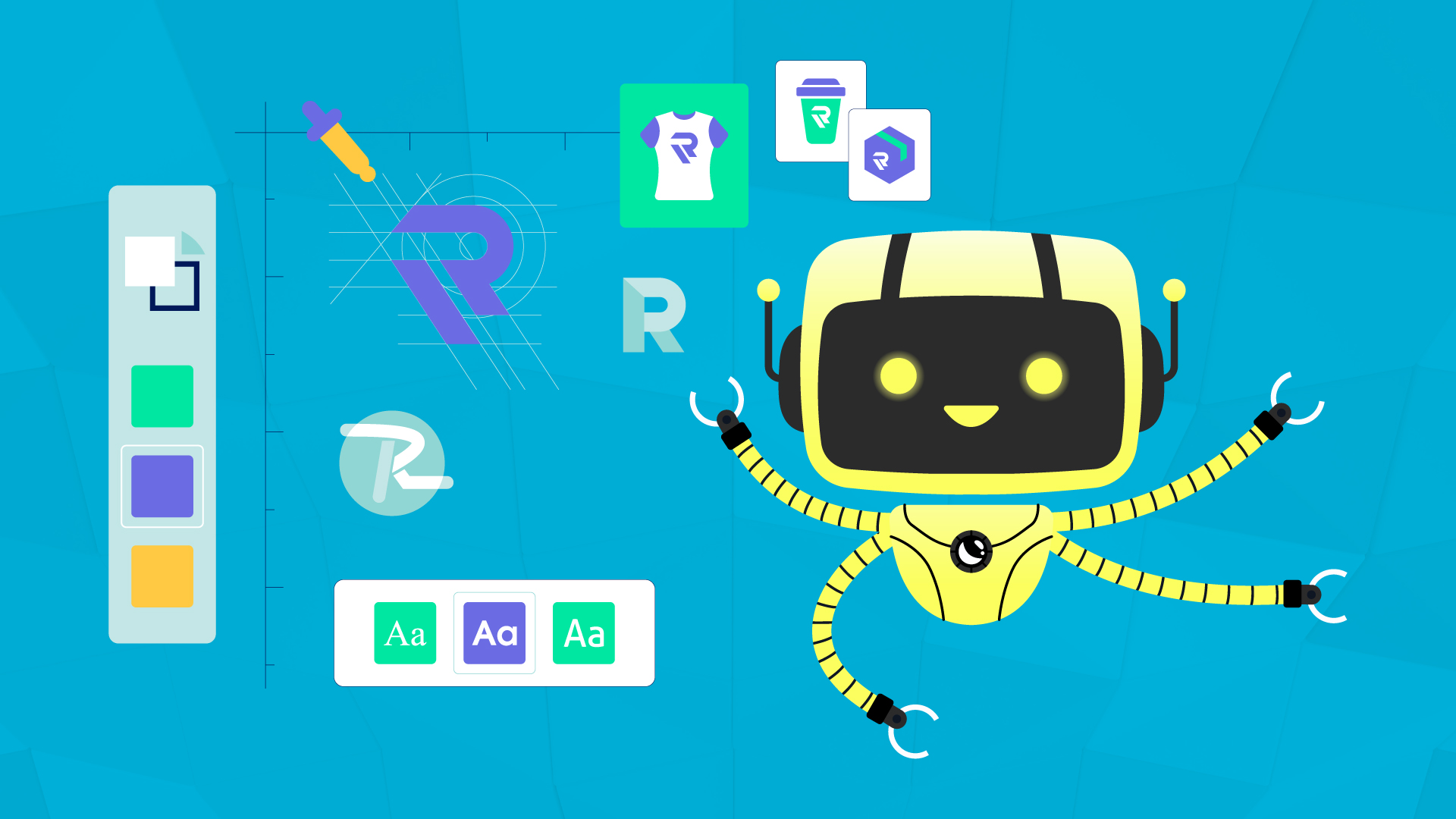Branding isn’t just a logo or color scheme; it’s a fundamental part of how your audience perceives your product.
For indie AI tool creators who might not have extensive marketing or branding experience, a strong brand can amplify visibility, instill trust, and help your product stand out in an increasingly competitive market.
In this guide, we’ll explore essential branding tips designed for AI product creators, offering actionable insights and real-world examples to kickstart or refine your brand strategy.

Define Your Brand Purpose and Values
Your brand purpose is the “why” behind your product.
For AI product creators, this could be solving a niche problem, making complex tasks easier, or even democratizing access to AI.
The key is to ensure this purpose is genuine and consistently reflected across every aspect of your product.
Example: OpenAI’s Mission
OpenAI’s brand purpose is to ensure that artificial general intelligence (AGI) benefits all of humanity. This mission isn’t just a tagline; it informs their product releases, their ethical guidelines, and their transparency.
Indie AI founders can learn from this by clearly defining a purpose and aligning their product with it.
Identify Your Target Audience
Knowing your audience is foundational to creating a brand that resonates.
AI tools often serve highly specific needs, so understanding the challenges, language, and habits of your ideal users will help you design a brand that speaks directly to them.
Example: Jasper AI
Jasper AI, an AI writing tool, identified a gap in the content creation space, targeting marketers, writers, and business owners.
By honing in on this audience, they created a user experience and branding that speaks directly to professionals in content-heavy roles, positioning themselves as the go-to AI writer for efficiency and creativity.
Craft a Clear and Memorable Brand Message
Your brand message should quickly communicate the core of what your product does and why it matters. This is essentially the same as your H1 header on your website.
Use concise language that’s easy to understand, even for non-technical users. For example, instead of saying “Our AI tool utilizes neural networks and NLP models to generate content,” consider “Create high-quality content in seconds with AI.”
Example: Copy.ai
Copy.ai keeps their brand message clear and straightforward: “Write better marketing copy and save time.” They don’t dive into technical jargon; instead, they speak to the tangible benefits for their target users.
Choose a Unique Name and Visual Identity
A name that’s unique, easy to remember, and reflective of your AI tool’s purpose can make a big difference.
The visual identity—colors, fonts, logo design—also plays a key role. Consider using bold, modern fonts that convey the tech-forward nature of your product.
Choose colors that reflect your brand’s personality; for instance, blue tones suggest reliability, while green can imply growth and freshness.
Example: Runway
Runway is an AI tool for creatives, with a name that evokes creativity and innovation. Their visual identity is bold and modern, with a focus on sleek, minimalist design, matching the creative professionals they target.

Differentiate with a Unique Brand Personality
One effective way to set yourself apart is to develop a brand personality that feels distinct and relatable.
In a competitive market, a brand with a strong personality—whether it’s quirky, playful, serious, or futuristic—can help users remember you over competitors.
Your personality should align with your target audience’s preferences and your product’s value.
Example: Duolingo’s Playful Approach
Duolingo, while not an AI product specifically, uses a unique, playful brand personality that makes language learning fun and accessible.
They use their mascot, Duo, to inject humor into their app and social media, creating a memorable and enjoyable experience.
AI creators can similarly personify their brand or use humor, storytelling, or a conversational tone to make their product feel approachable and distinct.
Use Interactive or Custom Visual Elements
Strong visual design goes beyond basic logos and color schemes.
By incorporating interactive elements, custom illustrations, or animations into your UI and website, you create a more immersive and engaging experience.
These design touches can communicate your brand’s personality and make your product feel polished and intentional, even if it’s a small indie tool.
Although it may not be practical in all situations, hiring a designer can prove to be worthwhile in this area.
Example: Replika’s Personalized Avatar Approach
Replika, an AI chatbot designed for personal conversations, allows users to customize their own AI friend’s avatar, creating a deeply personalized and interactive experience.
This customization not only enhances engagement but also establishes Replika’s brand as unique and focused on personalization.
For indie AI creators, adding interactive or custom design elements—even simple animations or unique icons—can make the product feel special and help establish a recognizable visual identity.
Establish a Consistent Tone of Voice
Your brand’s tone of voice should be consistent across all communication channels, from website copy to social media posts.
If your AI tool is geared towards business professionals, a formal yet approachable tone might be appropriate. On the other hand, if your product is for a younger, tech-savvy audience, you could adopt a more casual and friendly tone.
Example: Notion AI
Notion’s AI-assisted features come across as friendly and conversational in their marketing copy.
Their tone is professional yet inviting, making complex features feel accessible and easy to understand. This consistency helps reinforce their brand as approachable and user-friendly.

Showcase Real-World Applications and Benefits
Potential users want to see the tangible benefits of your product, so show them how your AI tool solves real problems.
Case studies, testimonials, and demo videos can be invaluable here.
These showcase your tool’s practical applications, helping users understand how it can fit into their workflow. They also double as shareable social media content.
Example: Lobe by Microsoft
Lobe, an AI tool for image recognition, emphasizes ease of use by showcasing real-world applications such as identifying plant species or classifying fitness poses.
This clear illustration of benefits demystifies the product, making it accessible to those who might not have a technical background.
Nurture Your Community
Creating a community around your product—whether through a dedicated forum, Discord server, or social media—allows users to connect, share tips, and provide feedback.
This not only builds brand loyalty but also gives you direct insight into user needs, helping you improve your product over time.
Example: Hugging Face’s Transformers Community
Hugging Face, known for its Transformers library in the NLP (Natural Language Processing) space, has developed an active and engaged community around its tools.
They’ve created dedicated forums, hosted hackathons, and encouraged open-source contributions, which has attracted researchers, developers, and enthusiasts worldwide.
By fostering this sense of community and collaboration, Hugging Face not only strengthens its brand but also receives valuable feedback that shapes the evolution of their tools.
Emphasize Data Privacy and Ethical AI Use
As AI becomes more prevalent, so do concerns about data privacy and ethical use.
Be transparent about your data handling policies and, if possible, go a step further by adopting industry best practices in privacy and security.
Establishing a commitment to ethical AI use can set your brand apart in a crowded space, appealing to conscientious users.
Example: Clearview AI’s Controversy
Clearview AI’s data privacy issues became highly publicized and negatively impacted its brand perception. Indie AI creators should learn from this by being upfront about their data policies and prioritizing user privacy to build trust.
Conclusion
Creating a memorable brand for your AI tool doesn’t require a massive marketing budget.
By defining your purpose, understanding your audience, and focusing on transparency, consistency, and community, you can build a brand that resonates and grows with your users.
Remember, branding is more than a logo; it’s about how people feel and think about your product. As you refine your branding, keep your user at the center of everything you do, and the results will follow.
Building a strong brand is a journey—one that, when done thoughtfully, will set your AI product apart and drive sustainable growth in a competitive landscape.


